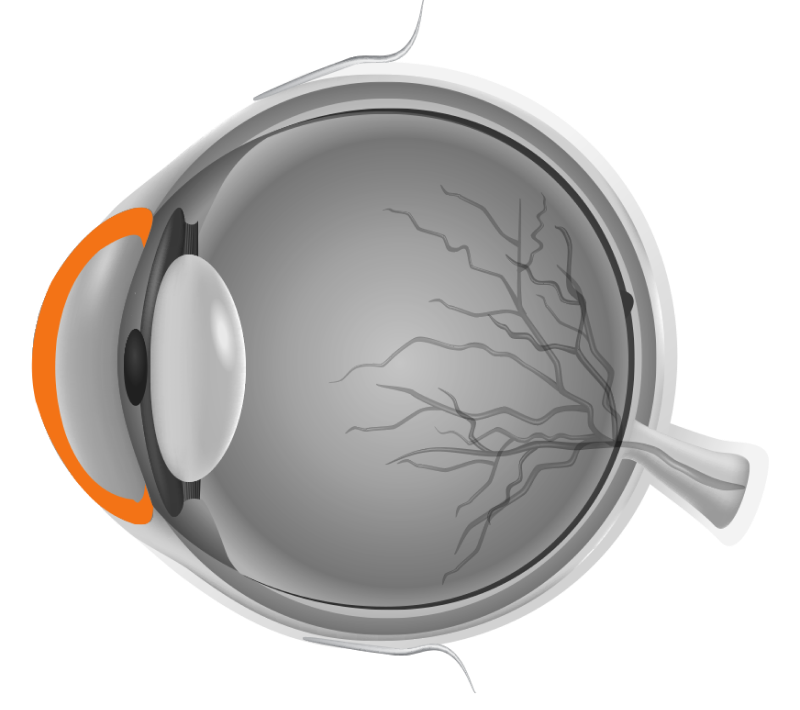What is Cornea and the External Eye Structures?
-
The Cornea: It is the transparent, dome-shaped outer layer covering the front of the eye. It consists of six layers, each performing a distinct role. Together, they act as a barrier and along with other structures like the eyelids and the sclera (outer white coat of the eye), it protects the internal structures of the eye from external injuries. Additionally, it acts like the eye’s outermost lens and allows the incoming light rays to focus on the lens and the retina, so that a clear image is formed.
-
The Sclera: It is a tough, white outer protective coat of the eye that protects the internal eye structures
-
The Conjunctiva: It is transparent protective layer covering the sclera and the inner part of the eyelids. It helps to keep the surface of the eye healthy.
-
The Anterior Segment of the eye refers to the space in the front part of the eye that includes the cornea, iris, lens, and anterior chamber, which is filled with a fluid called aqueous humor.
Common Corneal and EXTERNAL EYE diseases
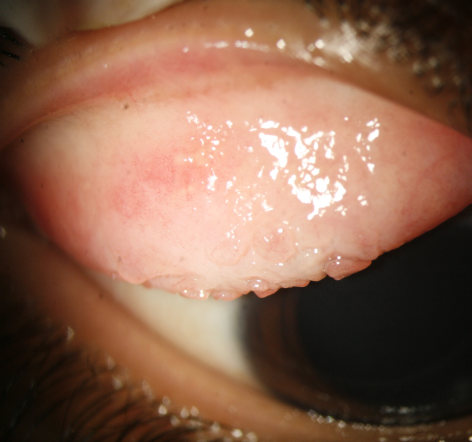
Allergic Eye Diseases
Allergic eye disease involves allergic reaction to irritants dust, pollen, smoke, cosmetics and others, particularly in hot and dry weather and very commonly seen in adults as well as children. Common symptoms include redness, itching, watering, burning of eyes and swelling of eyelids. Majority of the symptoms subside by eliminating the causative factor, however in a few cases may need blood tests and medical therapy. By reviewing the symptoms and performing a thorough eye examination, specific blood or skin test, the specific allergens are identified and appropriate treatment is advised.
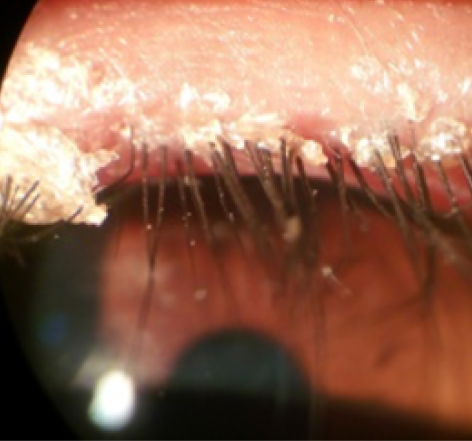
Blepharitis
Blepharitis is a group of inflammatory conditions affecting the eyelashes. It is commonly seen in adults and children, causing redness and swelling, severe itching and irritation. Multiple causes like poor eyelid hygiene, excessive oil production by the glands in the eyelids or bacterial infection may cause this condition. Identification of the underlying cause is important to provide adequate treatment
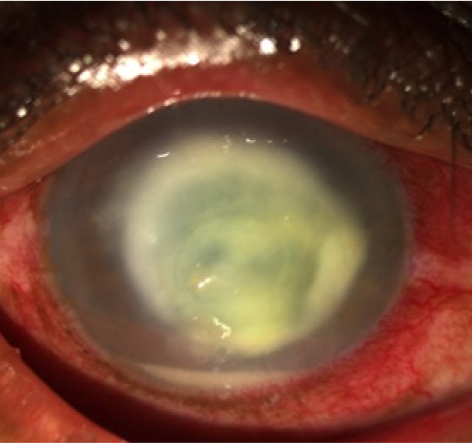
Corneal Ulcer (Keratitis)
A corneal ulcer is a defect in the outermost layer of the cornea, which may spread to the underlying layers as well. Commonly seen following trauma, in contact lens wearers or sometimes without a preceding event. It causes severe pain, watering, sensitivity to light and loss of vision. It is important to identify the type of organism causing the infection through investigations and provide targeted treatment. If left untreated, the infection may spread inside the eye affecting other structures like the lens and the retina, causing severe visual loss. Sometimes, the infection may be so severe, that it may cause severe thinning of the cornea compromising the structure of the eye.
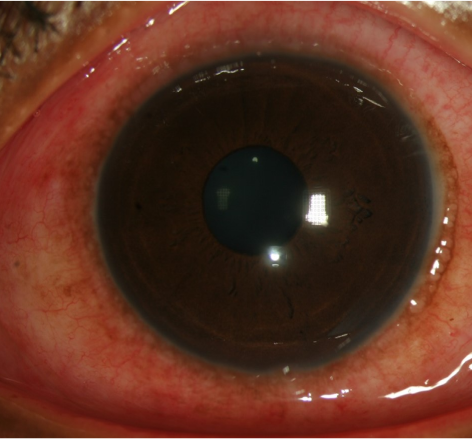
Conjunctivitis
Commonly known as ‘pink eye’, the condition is caused by viruses, bacteria or allergens (pollen, smoke, dust, cosmetics, contact lens use). Common symptoms include redness, watering, blurring of vision, sensitivity to light, discharge and crusting of the eyelids and eyelashes. The eye discharge from an infected person is highly infectious and anyone who comes in direct or indirect contact, may get affected. Establishing an early diagnosis and taking certain precautions can help limit the spread.
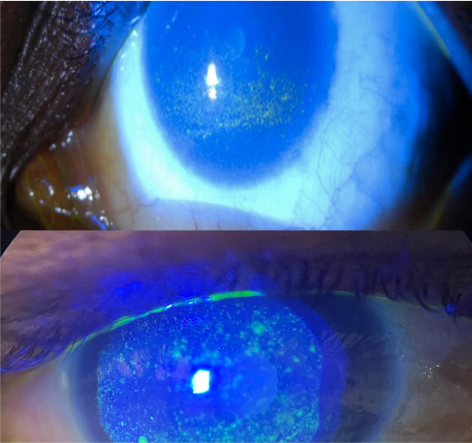
Dry Eye Disease
Dry eye disease is a common condition caused due to inadequate production of tears or instability of the tear film. Common symptoms include grittiness and burning sensation in the eyes, sensitivity to light, redness, watering and headache. Treatment for dry eyes makes the patient more comfortable, improving their quality of life. The treatment may range from simple lifestyle modifications, eye drops to more specific ones, like the heat and light therapy, depending on the underlying cause.

Keratoconus
Keratoconus is a condition where the cornea gradually becomes thin, bulges forward, causing the normal smooth shape of the cornea to become irregular and cone shaped. This causes blurring and distortion of vision. The rate at which these changes occur is very variable, that means one eye may be more severely affected than the other. Eye rubbing is commonly associated with progression of the disease. Keratoconus does not cause complete blindness. Laser treatment (collagen cross-linking) is advised to stop diseases progression. However, for correction of vision, glasses or contact lenses may be required. Corneal transplantation may rarely be required in very advanced cases.
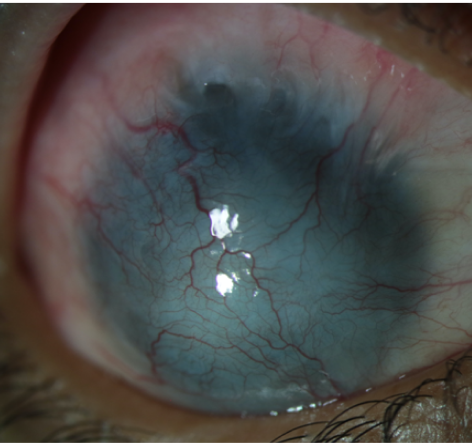
Ocular Surface Disease
Ocular surface disease refers to a group of conditions that affect the front layers of the eye i.e the tear film, the cornea, conjunctiva or the eyelids. The common conditions include dry eyes, blepharitis, Sjogren’s syndrome, limbal stem cell deficiency secondary to ocular chemical burns or thermal burns, allergic conjunctivitis, cicatrizing conjunctivitis (Steven Johnson’s syndrome, ocular cicatricial pemphigoid, long-term use of glaucoma eye drops). The primary aim in managing such patients is to identify and eliminate the underlying cause, use proper medications to control the surface inflammation. Surgical intervention may be required in advanced cases. The spectrum of surgeries for ocular surface disease ranges from simple interventions like punctal cautery (blocking the outflow of tears) and amniotic membrane transplantation to complex procedures like corneal and limbal stem cell transplantation and keratoprosthesis (artificial cornea).
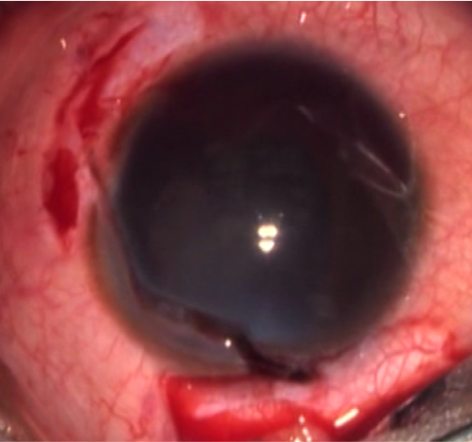
Traumatic Corneal Injuries
The cornea is prone to a variety of injuries by virtue of its location as the window of the eye. Apart from chemical injuries, physical trauma to the cornea can range from superficial injury to a deep wound penetrating the eye. Corneal injuries of this nature can occur in two distinct populations – in young children from play-related activities, and in young adults due to their work environment. The injuries can be caused by large blunt objects or sharp projectiles, which cause damage limited only to the cornea or penetrate deeper to cause damage to other ocular structures like the lens and the retina. Early localization and removal of the foreign body is required to prevent infections and permanent visual loss.
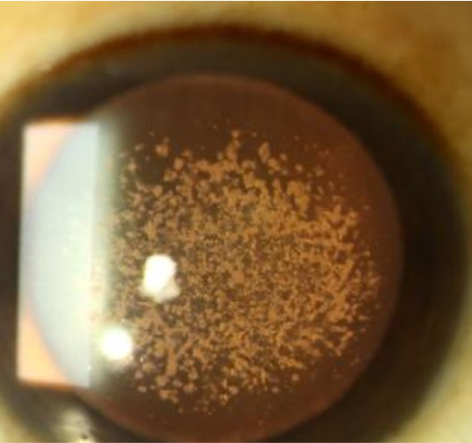
Corneal Dystrophy
Corneal dystrophy is a group of genetic conditions caused by deposition of abnormal material in different layers of the cornea. These deposits affect the corneal transparency causing blurring of vision, redness, sensitivity to light and sometimes pain due to erosion of the superficial corneal layers. Regular follow-up is required to assess the severity of the disease and disease progression. Advanced stages may require transplant surgeries, depending on the layers of cornea involved.
Can you prevent corneal diseases?
We advise taking precautions to prevent certain corneal conditions. It is essential to wear protective eyewear while participating in sports that involve a ball or a puck, doing farm work, performing repairs that involve hammering and painting, using machinery such as drillers and cutters, or working with chemicals like bleach and pesticides.
If you wear contact lenses, always follow the instructions provided by your eye doctor for cleaning, disinfecting, and storing your lenses. Proper contact lens hygiene is crucial to prevent infections associated with contact lens wear.
Contact Us
A Unit of Shantilal Shanghvi Foundation
Copyright © JGDHealth. All Rights Reserved.

